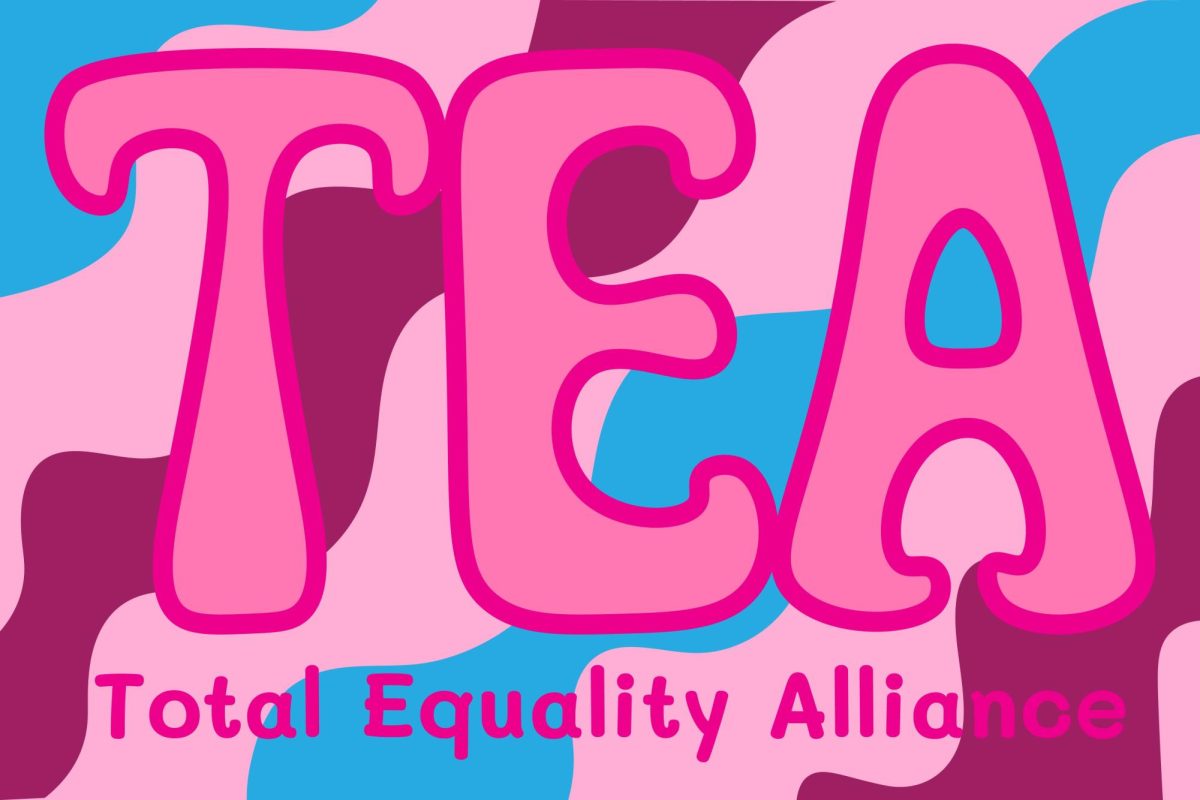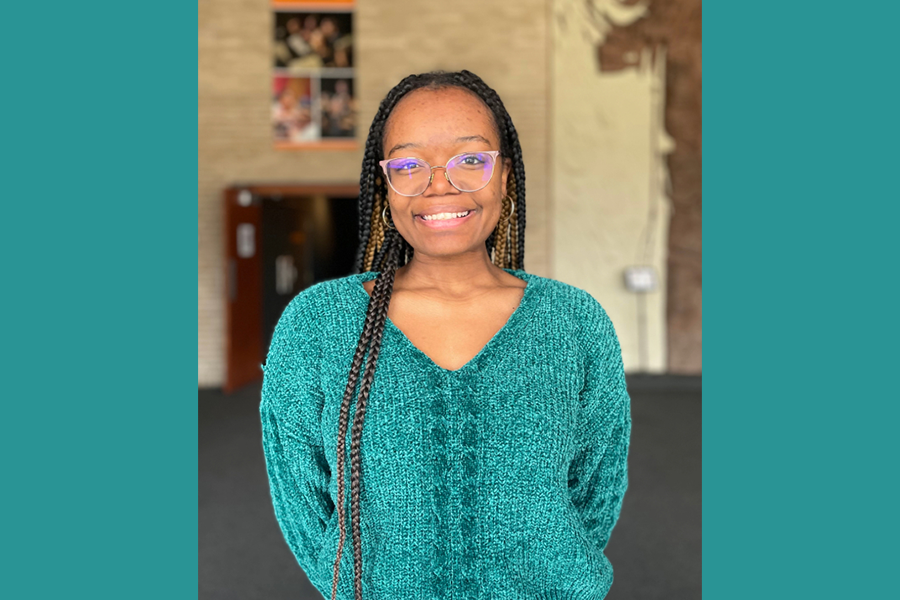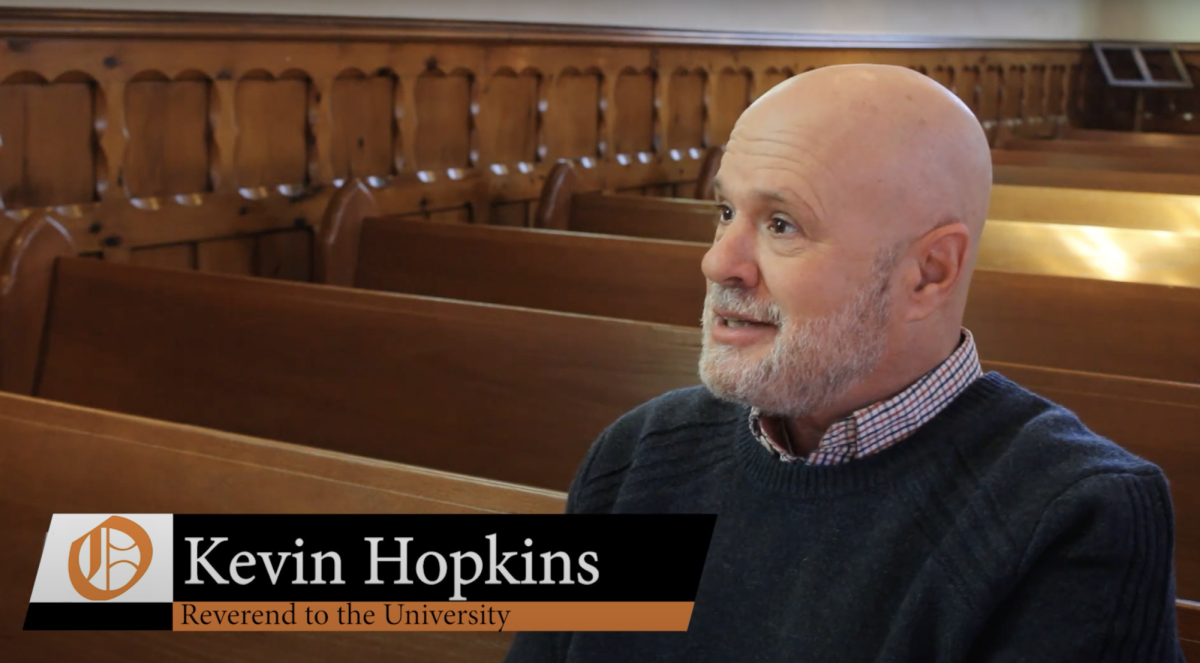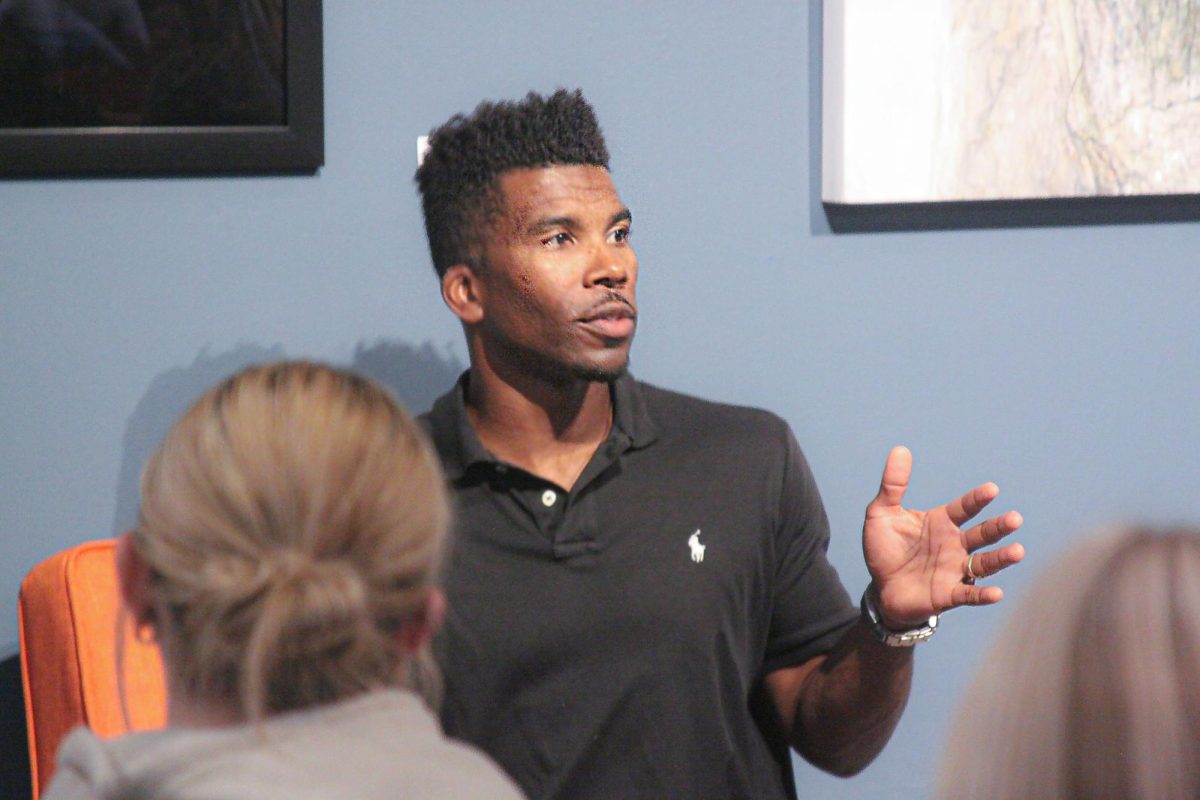You walk into a room full of people and the first thing you do is try to find someone who looks like you because that is what makes you most comfortable. If you don’t find someone you can connect with, you may automatically feel left out. If you are bold enough, you may even connect with strangers but on different aspects of life not necessarily based on ethnicity.
So, what does it mean to be diverse? The Merriam-Webster’s dictionary defines diversity as being made up of people or things that are different from each other.
Being diverse is not just about ethnicity but also about religion, gender, sexual orientation, political views and economic background. However, ethnic diversity has a much larger emphasis placed on it because it is more tangible than the rest. We can see it as a way to evolve and create equal representation.
In a study done by the Western Interstate Commission for Higher Eduction, it was projected that by 2019, 45 percent of high school graduates will be non-white, which is a 7 percent increase from 2007. In the coming years, college campuses will also be experiencing an increased number of non-white students on their campuses. Baker’s College of Arts and Sciences will be one of the thousands of campuses experiencing this increase of ethnic diversity. This change has already slowly been taking place.
When I first arrived to Baker in fall 2010, I was one of 18 Hispanic students on the entire campus. In August, at the start of my senior year, I am now one of 43 Hispanic students on campus. Although they may only be numbers, it is a significant change that I have been able to experience in my time at Baker.
Coming from a city that has a large Hispanic population to a town where the Hispanic population is practically non-existent was a big change. But I think the most significant change for me has been witnessing the growth of the Hispanic student population on campus.
This growth is promising for Baker and other campuses that are looking to have a more diverse student body. Baker has made strides toward promoting diversity that I think have helped make the growth in ethnic diversity on campus possible. The increase in Hispanic and other minority students on college campuses can indicate that we are progressing toward a more equal representation of what it truly means to be diverse.







